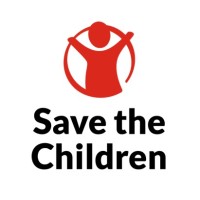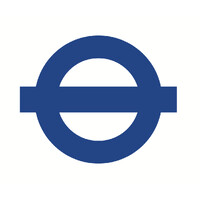
Save the Children International
Save the Children Save the Children is the world's leading independent organisation for children. We work in around 120 countries. Our vision is to live in a world in which every child attains the right to survival, protection, development and participation. Last year Save the Children's programmes and campaigns reached more than 55 million children directly around the world, through our and our partners' work. We work to inspire breakthroughs in the way the world treats children and to achieve immediate and lasting change in their lives. Across all of our work, we pursue several core values: accountability, ambition, collaboration, creativity and integrity.






